|
|
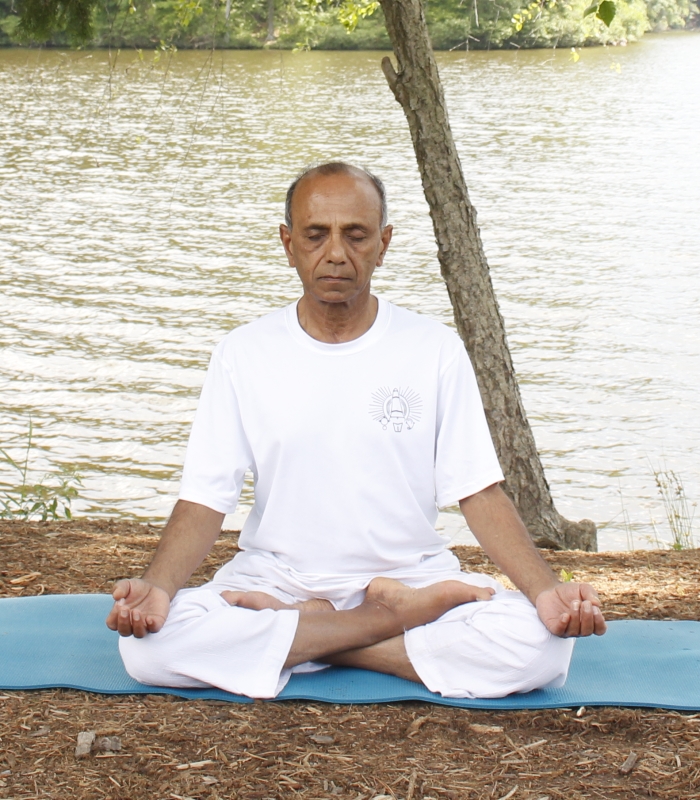 Padmasana (Lotus Pose)
I am pleased to announce the next Meditation Intensive. In this program, I will discuss the basic concepts of meditation and practice several of the concentration (dharana) and meditation (dhyana) techniques. Most of the information that I will be sharing is based on the concepts discussed in Patanjali’s Yoga Sutras and related classical yoga texts.
No prior asana, pranayama or meditation experience is required.
I will be offering this class via live video streaming using the Zoom platform. However, you are welcome to join the class in person at my home yoga studio.

Program Information
- What: 14-day Meditation Intensive
- When: Monday, May 3 – Sunday, May 16, 2021
- Time: 6:00 – 7:30 AM (US East Coast time, GMT-4)
- Access: Remotely via live video streaming (Zoom). If you prefer, you are welcome to join the class in person at my home yoga studio. Login info will be provided upon receipt of registration and payment
- Instructor: Subhash Mittal
- Daily Routine: Light stretching (10-15 minutes), Pranayama (15 min), Relaxation (10-15 min), Discussion and meditation practice (40-45 min)
- Commitment: A firm commitment to follow this schedule and attend every day
- Fee:
- $80 – check, Zelle (use subhashmittal@gmail.com) or Venmo (use 9199269717)
- $85 – paypal (go to bottom of page)
- To register: fill out the registration form and submit it online.
Strongly recommended
- Light,’sattvic’, nutritious, VEGETARIAN food
- No alcohol, drugs, tobacco or any other item of similar nature
- A personal commitment to continue the practice after the program is over
Do not hesitate to contact me if you have any questions. I look forward to your participation.
Yoga Nidra (योग निद्रा) (Deep Yogic Relaxation) is an integral part of every yoga class that I teach. Following the Integral Yoga tradition, the style that I practice and teach, Yoga Nidra is practiced right after the asana (physical postures) segment and before the pranayama (breathing techniques) session.
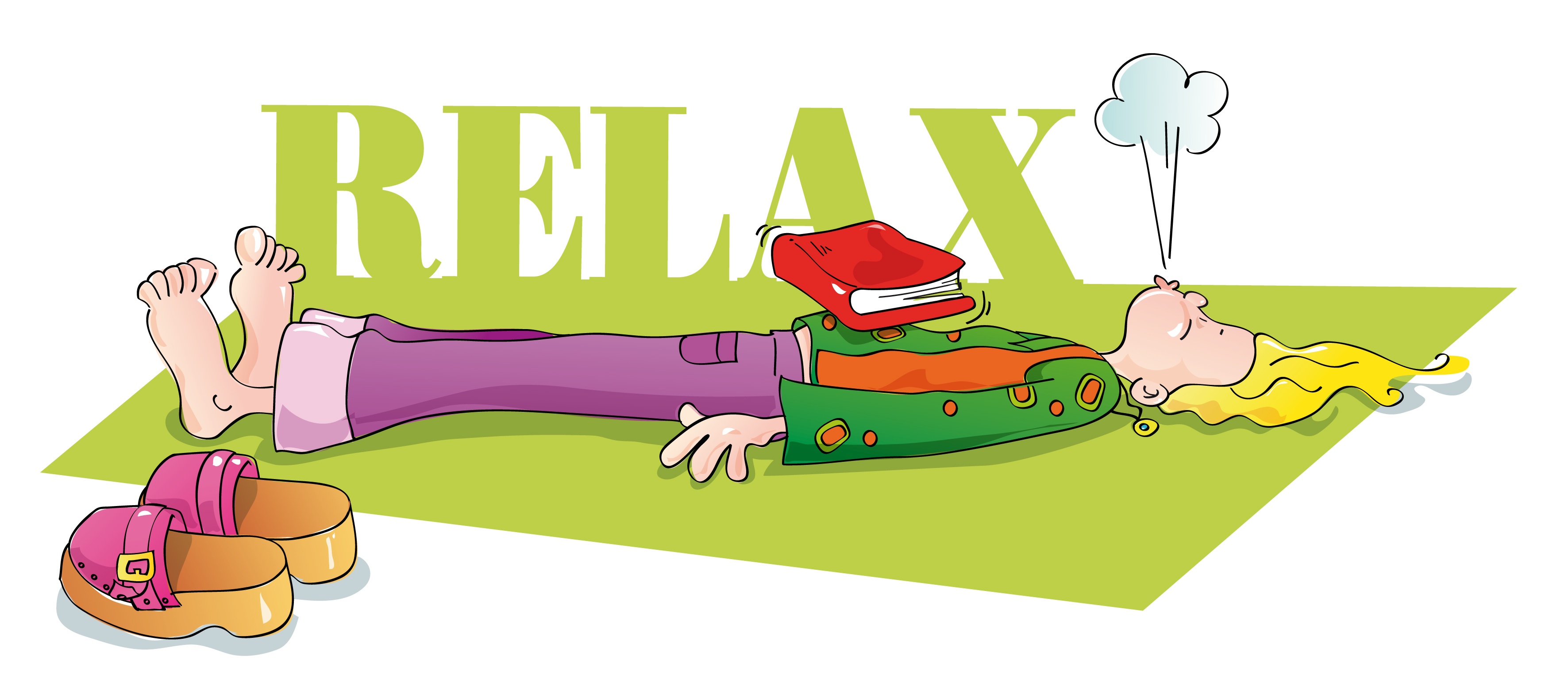 Yoga Nidra
What is Yoga Nidra?
The Sanskrit word “nidra” means sleep. Yoga nidra literally means yogic sleep which is not the same as biological sleep. At any time, we are in one of the three states known as “jagrita” (waking), “swapna” (dream) and “sushupti” (dreamless, deep sleep). In the deep sleep state we have no awareness and the mind and body are cut off from any outside or inner influence. In yoga nidra, from the point of view of relaxation, it resembles the state of deep sleep; however, we maintain full awareness during yoga nidra. In that sense, yoga nidra can be considered a state somewhere in between the waking and deep sleep states.
The credit for popularizing the modern practice of yoga nidra is usually given to Swami Satyananda of the Bihar School of Yoga in India. As mentioned in the book “Yoga Nidra” written by him, he developed the technique based on the Tantric technique called “Nyasa” (placement). Based on these concepts from the tantras, he began teaching this practice in the early 1960s. His book, “Yoga Nidra”, provides a detailed description of the concepts and the practice of yoga nidra. In this book he writes that one hour of yoga nidra can equal four hours of deep sleep in terms of relaxation!
Continue reading »
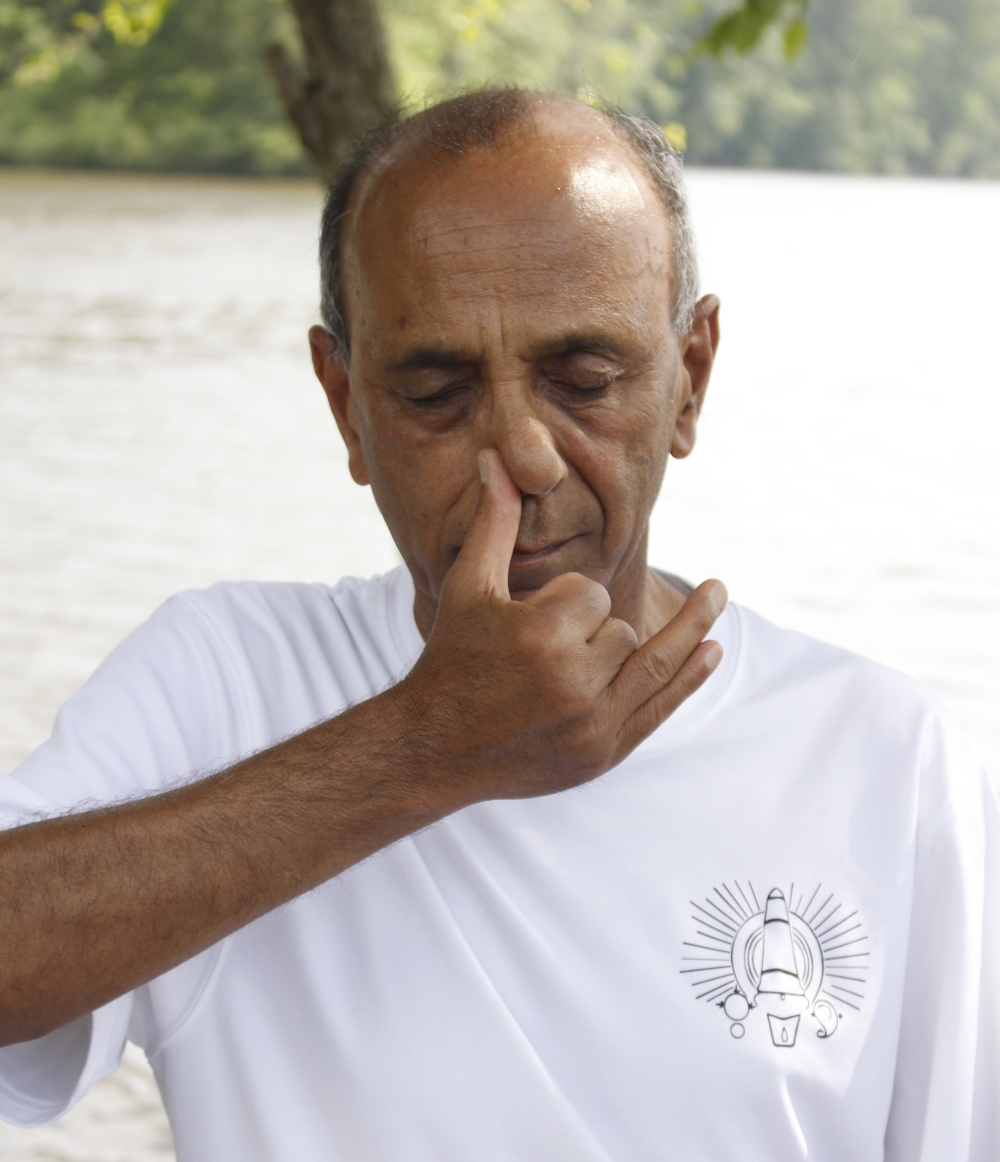 Vishnu Mudra I am pleased to announce the next Pranayama intensive. In this program, we will be practicing some of the main pranayama techniques given in our ancient yoga texts. I will also discuss the underlying concepts in the practice of pranayama and all the wonderful benefits that the practice can bring us.
A brief outline of what I plan to cover in the course is given in this document (pdf format) in my dropbox folder.
No prior yoga (asana, pranayama or meditation) experience is required.
Continue reading »
 Padmasana (Lotus Pose)
When you see pictures of ancient yogis, most of them are shown meditating in Padmasana – पद्मासन (Lotus Pose). This is one of the most commonly mentioned asanas as a meditative posture. Some of the other asanas that are commonly listed among meditative postures are Sukhasana (Easy Pose), Siddhasana (Adept Pose), Swastikasana and Vajrasana (Diamond Pose). These are the asanas in which you sit either for meditation or pranayama.
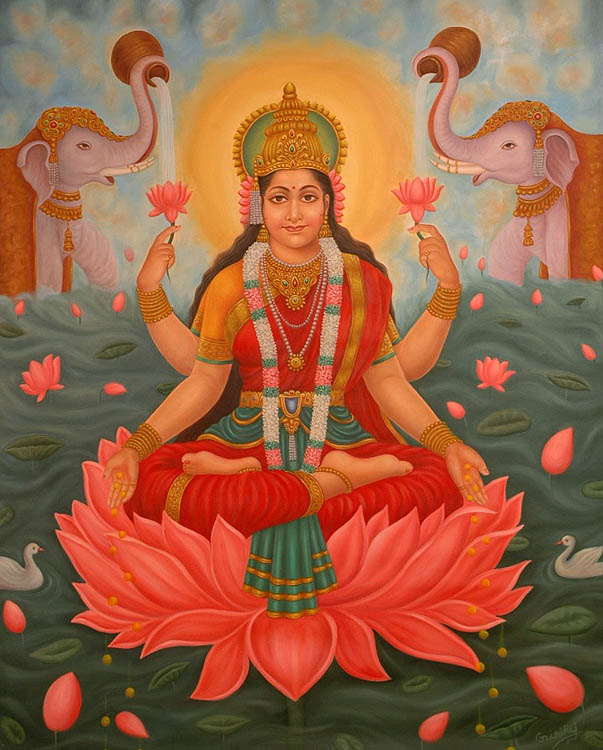 Goddess Lakshmi
In the Hatha Yoga Pradipika (HYP), Padmasana is one of the two meditative postures described, the other being Siddhasana.
After explaining what Padmasana is, HYP (chapter 1, sutra 47) states, "This is called Padmasana, the destroyer of all diseases. Ordinary people cannot achieve this posture, only the few wise ones on earth can". I find the statement rather intriguing as I don’t quite understand how or why wisdom has been tied to flexibility!
Continue reading »
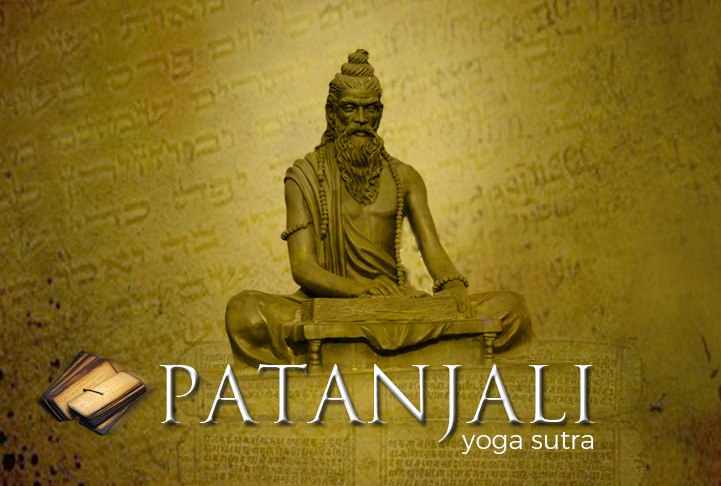 Patanjali Yoga Sutras
Here is a great opportunity for you to get introduced to the underlying concepts of yoga! These discussions can help greatly in developing a deeper understanding of your true nature and also eliminate stress and anxiety from your lives. I invite you to join me for this 14-day intensive.
In view of the current situation with the COVID-19 virus, I will be offering this class via live video streaming using the Zoom platform.
As we all know, practice of yoga is known to provide us with a sense of well-being both at physical and mental levels even in trying circumstances. A study of the Yoga Sutras can help us understand how our mind functions and how we can stay calm despite the adversity we are facing.
Understanding the Mind to eliminate Stress
- What: An Introduction to the Yoga Sutras of Patanjali, 14-day intensive
- When: Monday, February 22 – Sunday, March 7, 2021
- Time: 6:00 – 7:30 AM (US East Coast time, GMT -5)
- Access: Remotely via live video streaming (Zoom); login info will be provided upon receipt of registration and payment
- Fee:
- Daily Routine: Light stretching, Pranayama and Relaxation (~30 min), Yoga Sutra Discussion (60 min)
- To register: please fill out the registration form, providing information in all the fields and submit it online
Continue reading »

In the traditional Hatha Yoga system given in the Hatha Yoga Pradipika (HYP), there are six cleansing routines (Shat-karma – षट्कर्म) described:
“Dhauti, basti, neti, trataka, nauli and kapalabhati; these are known as shatkarma or the six cleansing processes.” (HYP verse 2.22)
- Dhauti: digestive tract and intestinal cleansing with a long, wet cloth. In ‘Gherand Samhita’ several other dhauti techniques are also given. One of the more popular alternate practices is called the Shankha Prakshalana.
- Basti: yogic enema for internal cleansing. Helps cure digestive problems, removes constipation and strengthens the solar plexus.
- Neti: nasal cleansing through ‘sutra neti’ (cleansing with thread) and ‘jala neti’ (cleansing with warm, saline water using a neti pot). Highly recommended for allergies, common cold and cough as well as providing resistance to various diseases of ear, nose and throat.
- Trataka (concentrated gazing): usually done with concentrated gazing on the tip of the flame of a candle. It helps remove diseases of the eye as well as develops one-pointedness which helps in meditation.
- Nauli (abdominal massaging): nauli is performed by the practice of contracting and isolating the rectus abdominii muscles. Nauli helps in igniting the digestive fire, removing indigestion and balancing the endocrine system.
- Kapalabhati: rapid, forced exhalations, accompanied by pulling the abdominal muscles in; inhalation is passive and automatic. Kapalabhati helps destroy all mucus disorders.
Please visit my blog here for a detailed introduction to these six practices.
In today’s article, I am presenting two of these cleansing practices – Agnisara (अग्निसार) and Nauli (नौलि). Even though the practice of Agnisara is not specifically mentioned in the HYP, another ancient Hatha Yoga text called the Gherand Samhita includes Agnisara as one of the many “dhauti” kriyas listed therein.
“Push the navel knot toward the spine one hundred times. This is Agnisara. This cleansing technique gives success in the practice yoga. I cures all the diseases of the stomach and increases the internal digestive fire. ” (Gherand Samhita 1.20)
Both Nauli and Agnisara involve breath retention (kumbhaka) as well as application of the locks (bandhas).
I am pleased to present these two cleansing techniques in the video below. I hope you will enjoy practicing with the video.
Continue reading »
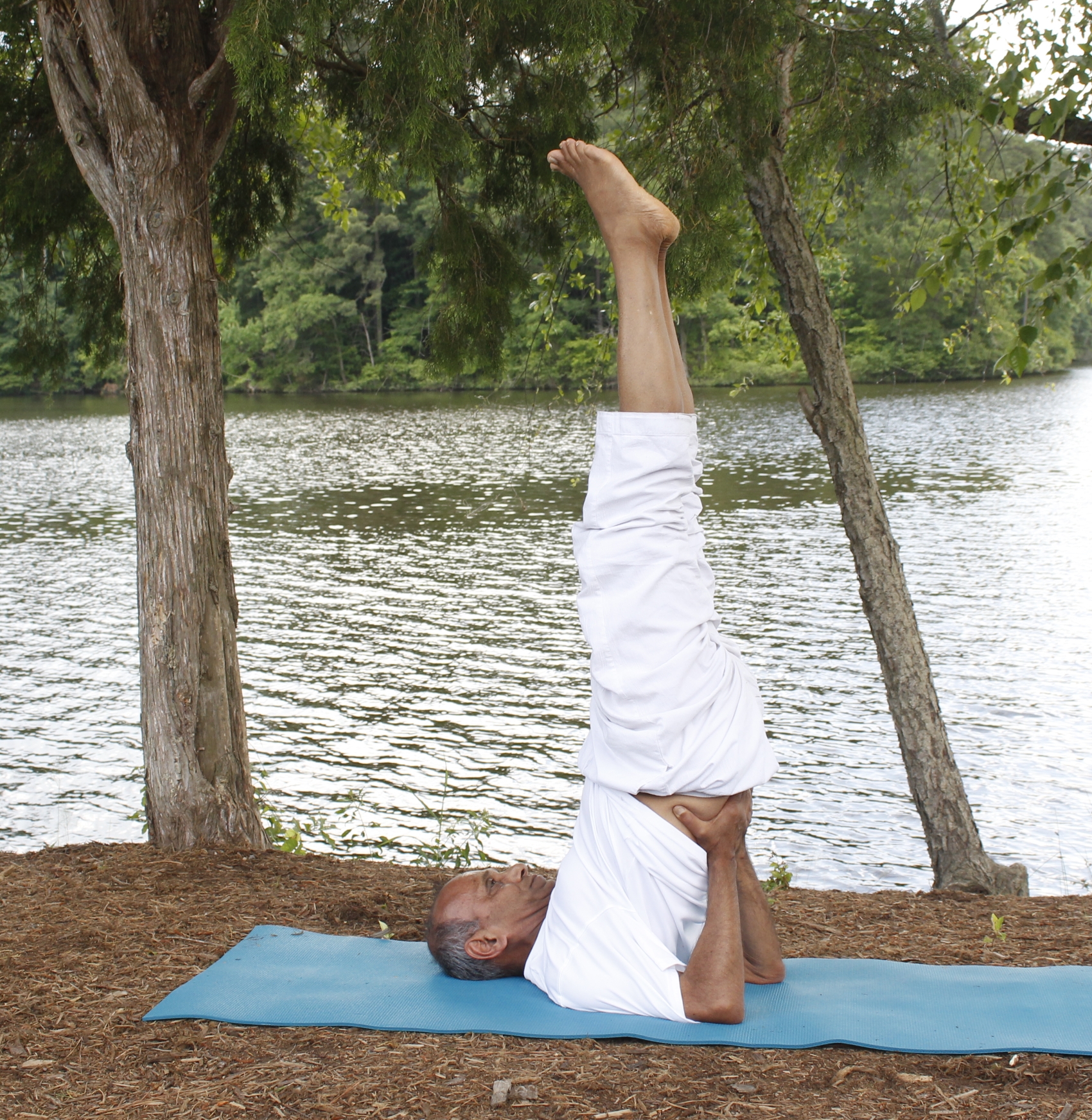 Sarvangasana (shoulder stand)
I am pleased to announce the next 21-day Yoga Immersion program. The past programs have been very well received by all the participants. For most of them, it has been truly a life-transforming experience. I invite you to join me on this exciting and deeply rewarding 21-day yoga journey.
No prior asana, pranayama or meditation experience is required.
In view of the current situation with the COVID-19 virus, I will be offering this class via live video streaming using the Zoom platform.
- What: 21-day yoga immersion
- When: Monday, January 11 – Sunday, January 31, 2021
- Time: 6:00 AM – 7:30 AM (US East Coast time, GMT-4)
- Access: Remotely via live video streaming (Zoom); login info will be provided upon receipt of registration and payment
- Instructor: Subhash Mittal
- Fee:
- To register: Fill out the registration form, providing information in all the fields, and submit it online
Continue reading »
Happy New Year!
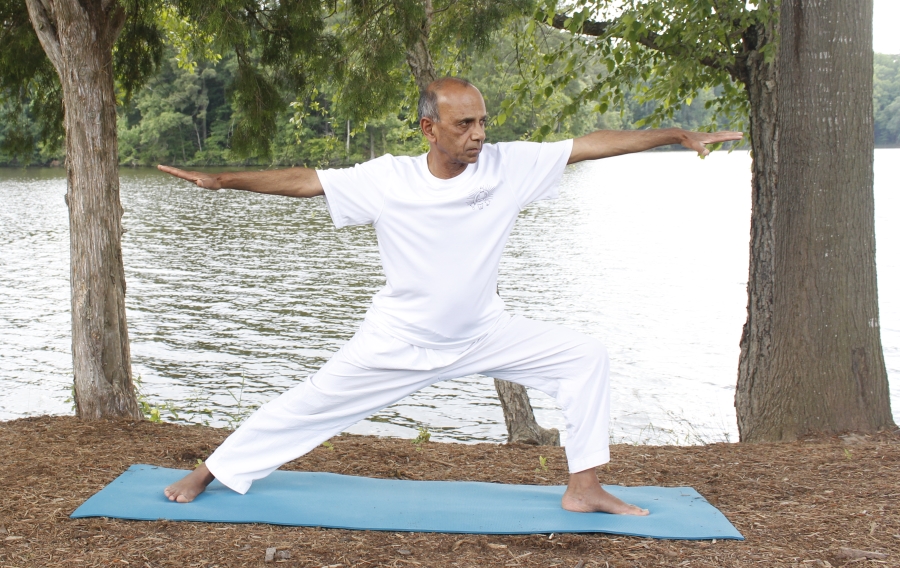 Virabhadrasana (Warrior2)
Let’s usher in the New Year on a healthy note! Treat yourself to the gift of great health and a FREE yoga class on New Year’s Day:
- What: FREE yoga class
- When: Friday, January 1, 2021
- Time: 10:00 AM – 12:00 noon (US East Coast time, GMT – 5)
- Access: Remotely via live video streaming (Zoom); login info will be provided upon receipt of registration
- Instructor: Subhash Mittal
- Register here
Continue reading »
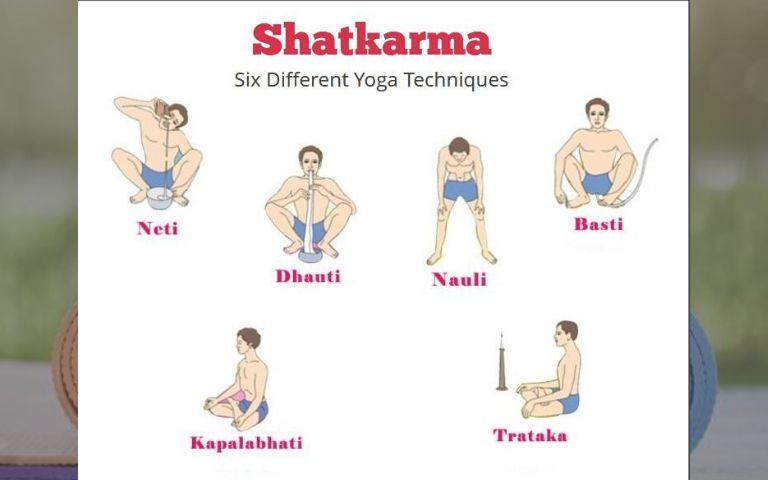 Shatkarma
As we know, most of our understanding about the concepts, psychology, philosophy and methodology of yoga comes from the Yoga Sutras of Patanjali. In the sutras, Patanjali provides us with the eight limbs of yoga by practicing which one can attain self-realization. From the point of view of practicing yoga, the three most important limbs are asana (physical sitting posture), pranayama (breathing practices) and meditation. In this approach, one has to find a very comfortable and steady sitting posture, practice some pranayama and finally sit in meditation for long periods of time. It is only through deep states of meditation that one can attain the state of “seedless samadhi” which leads to self-realization.
While trying to implement the guidelines provided by Patajali, the yogis realized that in order to sit motionless in one position for a long time, one requires a body that is strong, flexible and steady and a mind that is free of any agitation or negativity. It is this need that lead to the evolution of the whole science of Hatha Yoga comprising various practices for asana, pranayama, mudra etc. One of the most important texts on yoga practices is the Hatha Yoga Pradipika (HYP). This text provides information and instructions on asana, pranayama, mudra, bandha, meditation etc. The practice of Pranayama involves a variety of breathing techniques which help cleanse and energize the body. Under the category of pranayama, the text also lists six cleansing techniques, called “shat-karma”, which help cleanse the entire internal system of the body. The idea is that the body needs to be clean internally, free of ailments and imbalances, for the pranayama to be fully effective.
In the HYP, the following two verses introduce the Shatkarma practices:
Continue reading »
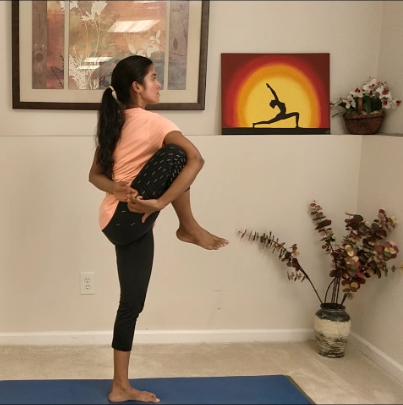 Marichyasana – standing
utthita marīcyāsana (उत्थित मरीच्यासन) (standing Marichyasana), is an intermediate level one-leg balancing pose. The seated version of marīcyāsana is one of the more commonly practiced spinal twisting asanas. The standing version, in addition to providing all the benefits of the standing one-leg balancing poses, also engages the spine in a gentle twisting stretch. We’ll practice two variations of the pose:
- With support of the wall
- Without wall support
My friend, Maanasa, has graciously agreed to demonstrate this asana sequence. I hope you will enjoy practicing with the video.
Continue reading »
|
Video DVD
Yoga with Subhash (asana and pranayama)
- Basic asana sequence (~50 min) ($18)
- Pranayama/Meditation (~35 min) ($12)
- Set of above two ($25)
Video recording of special programs offered in the past
(Links to YouTube videos will be provided)
- 21-day yoga immersion - $40
- 7-day hip opening intensive - $20
- 14-day meditation intensive - $30
- 14-day pranayama intensive - $30
- 7-day hamstring/quad intensive - $20
- 14-day Level 2 yoga intensive - $35
Payment options:
- cash, check, Zelle (use subhashmittal@gmail.com) or Venmo (use 9199269717)
- PayPal (go to bottom of page) (add $5 to the fee listed above)
Please contact me if you would like to buy.
|











Recent Comments